Uncategorized
Crypto Daybook Americas: Bitcoin, Gold Rally in Tandem on Regulatory Outlook, Muted Tariff Effects
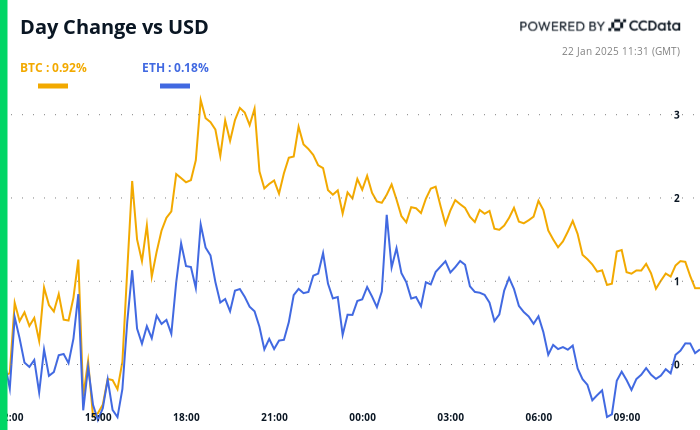
By Omkar Godbole (All times ET unless indicated otherwise)
Bitcoin remains well supported above $100,000 as it eyes record highs, buoyed by reports that the new SEC leadership has established a task force to develop a framework for crypto assets. Pundits have long said regulatory clarity could pave the way for further price appreciation.
Gold’s price rebound from December lows has also gathered pace and is now just 1% shy of setting new highs above $2,790 per ounce. That’s unusual: Bitcoin typically rallies when the price of gold stagnates.
Perhaps gold is saying the Fed will walk back on its hawkish December bias that signaled fewer rate cuts, helping keep BTC bid. And why not? Reports indicate that Trump’s tariffs will be lighter than anticipated and research from MacroMicro shows that their inflationary impact during his previous presidency was minimal.
In the broader crypto market, on-chain data from IntoTheBlock reveals that 80% of addresses holding LINK, one of the recent top performers, are in profit at the going market rate of $25.70. Key resistance levels have been identified at $27 and $29, which acted as barriers last year.
The movement of XRP, another recent outperformer, between addresses owned by whales and centralized exchanges has slowed considerably from the record levels earlier this month. That may be a sign these large holders have slowed their profit-taking activity.
Meanwhile, traders are expressing enthusiasm with sentiments like «we are so back,» especially after Bloomberg’s James Seyffart shared filings for ETF applications involving coins including LTC, SOL, DOGE, XRP and others. It seems the momentum in both the crypto and traditional markets could be setting the stage for an exciting period ahead. Stay alert!
What to Watch
Crypto
Jan. 22, 10:30 a.m.: Solana-powered decentralized exchange (DEX) aggregator Jupiter’s JUP airdrop claim goes live. Jupiter’s users have three months to claim.
Jan. 22, 10:25 p.m.: dYdX Chain (DYDX) will undergo a software upgrade to v8.0 on block 35,602,000.
Jan. 23: First deadline for SEC decision on NYSE Arca’s proposal to list and trade shares of Grayscale Solana Trust (GSOL), a closed-end trust, as an ETF.
Jan. 25: First deadline for SEC decisions on proposals for four spot solana ETFs: Bitwise Solana ETF, Canary Solana ETF, 21Shares Core Solana ETF and VanEck Solana Trust, which are all sponsored by Cboe BZX Exchange.
Jan. 29: Ice Open Network (ION) mainnet launch.
Feb. 4: MicroStrategy Inc. (MSTR) reports Q4 2024 earnings.
Feb. 4: Pepecoin (PEPE) halving. At block 400,000, the reward will drop to 31,250 pepecoin.
Feb. 5, 3:00 p.m.: Boba Network’s Holocene hard fork network upgrade for its Ethereum-based L2 mainnet.
Feb. 12: Hut 8 Corp. (HUT) reports Q4 2024 earnings.
Feb. 15: Qtum (QTUM) hard fork network upgrade is scheduled to take place at block 4,590,000.
Feb. 20: Coinbase Global (COIN) reports Q4 2024 earnings.
Macro
Jan. 22, 8:30 a.m.: Statistics Canada releases December’s Industrial Product Price Index.
PPI MoM Est. 0.8% vs. Prev. 0.6%.
PPI YoY Prev. 2.2%.
Jan. 22, 10:00 a.m.: The Conference Board releases December’s Leading Economic Index (LEI) report for the U.S.
MoM Est. -0.1% vs. Prev. 0.3%.
Jan. 23, 8:30 a.m.: The U.S. Department of Labor releases the Unemployment Insurance Weekly Claims Report for the week ended Jan. 18.
Initial Jobless Claims Est. 215K vs. Prev. 217K.
Jan. 23, 10:00 a.m.: The National Association of Realtors releases December 2024 U.S. Existing Home Sales report.
Existing Home Sales Est. 4.16M vs. Prev. 4.15M.
Existing Home Sales MoM Prev. 4.8%.
Jan. 23, 4:30 p.m.: The Fed releases the H.4.1 report, the central bank balance sheet, for the week ended Jan. 22.
Total Reserves Prev. $6.83T.
Jan. 23, 6:30 p.m.: Japan’s Ministry of Internal Affairs and Communications releases December 2024’s Consumer Price Index (CPI) report.
Inflation Rate MoM Prev. 0.6%.
Core Inflation Rate YoY Est. 3% vs. Prev. 2.7%.
Inflation Rate YoY Prev. 2.9%.
Jan. 23, 10:00 p.m.: The Bank of Japan (BoJ) releases Statement on Monetary Policy.
Interest Rate Decision Est. 0.5% vs. Prev. 0.25%.
Token Events
Governance votes & calls
CoW DAO is discussing the potential allocation of 80 million COW to empower the core treasury team for further liquidity provisioning, economic opportunities, and the development of the DAO’s product roadmap from 2025 to 2028.
Morpho DAO is discussing reducing incentives by 30% across all networks and assets.
Yearn DAO is discussing funding and endorsing a subDAO called Bearn to focus on building and launching products on Berachain.
Jan. 22: Mantle (MNT) will host a livestream with updates on its 2025 roadmap at 8 a.m.
Jan. 23: Pendle (PENDLE) is hosting Pendle Swing Hour at 7 a.m.
Unlocks
Jan. 31: Jupiter (JUP) to unlock 41.5% of circulating supply worth $626 million.
Token Launches
Jan. 22: Jambo (J) is listing on OKX, Gate.io, Bitfinex and Bybit.
Jan. 22: Liquity (LQTY) and Gravity (G) are being listed on Kraken.
Jan. 22: Telegram Gifts are launching as NFTs on TON.
Conferences:
Day 10 of 12: Swiss WEB3FEST Winter Edition 2025 (Zug, Zurich, St. Moritz, Davos)
Day 3 of 5: World Economic Forum Annual Meeting (Davos-Klosters, Switzerland)
Jan. 24-25: Adopting Bitcoin (Cape Town, South Africa)
Jan. 25-26: Catstanbul 2025 (Istanbul). The first community conference for Jupiter, a decentralized exchange (DEX) aggregator built on Solana.
Jan. 30, 12:30 p.m. to 5:00 p.m.: International DeFi Day 2025 (online)
Jan 30-31: Plan B Forum (San Salvador, El Salvador)
Jan. 30 to Feb. 4: The Satoshi Roundtable (Dubai)
Feb. 3: Digital Assets Forum (London)
Feb. 5-6: The 14th Global Blockchain Congress (Dubai)
Feb. 7: Solana APEX (Mexico City)
Feb. 13-14: The 4th Edition of NFT Paris.
Feb. 18-20: Consensus Hong Kong
Feb. 23 to March 2: ETHDenver 2025 (Denver, Colorado)
Token Talk
By Shaurya Malwa
Uniswap to begin v4 deployments this week for builders to test hooks and integrations on-chain. The new architecture of v4, including the singleton contract and flash accounting system, is designed to reduce transaction costs and improve efficiency, which could attract more developers and users to the platform, increasing the overall usage of Uniswap, and, in turn, demand for UNI tokens.
AI16Z and AI Rig Complex’s ARC rallied over 30% on Tuesday while GRIFFAIN, ZEREBRO also booked double-digit advances. President Trump unveiled a $500 billion investment in private sector AI infrastructure investment with firms such as OpenAI, Oracle and Softbank involved.
Derivatives Positioning
TRX, SHIB, PEPE and DOGE lead perpetual futures open interest growth in large-cap tokens. However, TRX is the only one with a positive cumulative volume delta, representing net buying pressure in the past 24 hours.
Front-end call bias in BTC and ETH options on Deribit continues to moderate while on the CME, call skew jumped to highest since the U.S. election Tuesday.
Block flows featured long positions in BTC calls at $110K and $115K strikes and bull call spreads in ETH.
Market Movements:
BTC is down 0.9% from 4 p.m. ET Tuesday at $105,161.32 (24hrs: +1.32%)
ETH is unchanged at $3,312.58 (24hrs: +0.28%)
CoinDesk 20 is up 0.6% at 4,000.99 (24hrs: +2.27%)
Ether staking yield is down 28 bps at 3.3%
BTC funding rate is at 0.0045% (4.9% annualized) on OKX
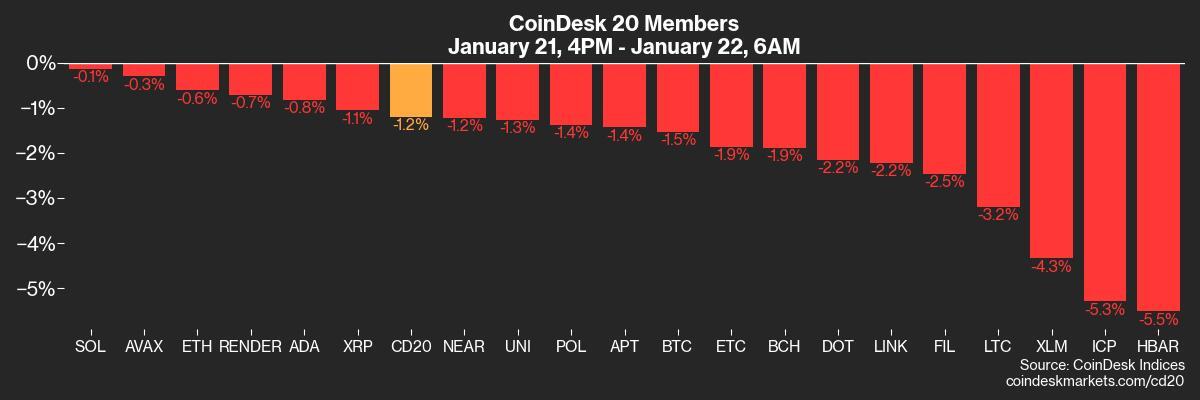
DXY is down 0.23% at 107.81
Gold is up 0.56% at $2,759.03/oz
Silver is up 0.33% at $30.88/oz
Nikkei 225 closed +1.58% to 39,646.25
Hang Seng closed -1.63% to 19,778.77
FTSE is up 0.41% at 8,583.19
Euro Stoxx 50 is up 0.83% at 5,209.04
DJIA closed on Tuesday +1.24% to 44,025.81
S&P 500 closed +0.88% to 6,049.24
Nasdaq closed +0.64% to 19,756.78
S&P/TSX Composite Index closed +0.44% to 25,281.63
S&P 40 Latin America closed +0.51% to 2,269.78
U.S. 10-year Treasury is unchanged at 4.58%
E-mini S&P 500 futures are up 0.49% at 6,114.25
E-mini Nasdaq-100 futures are up 0.88% at 21,900.00
E-mini Dow Jones Industrial Average Index futures are up 0.19% at 44,320.00
Bitcoin Stats:
BTC Dominance: 58.67
Ethereum to bitcoin ratio: 0.031
Hashrate (seven-day moving average): 769 EH/s
Hashprice (spot): $60.7
Total Fees: 10.2 BTC / $1.1 million
CME Futures Open Interest: 502,406
BTC priced in gold: 38.1 oz
BTC vs gold market cap: 10.83%
Technical Analysis
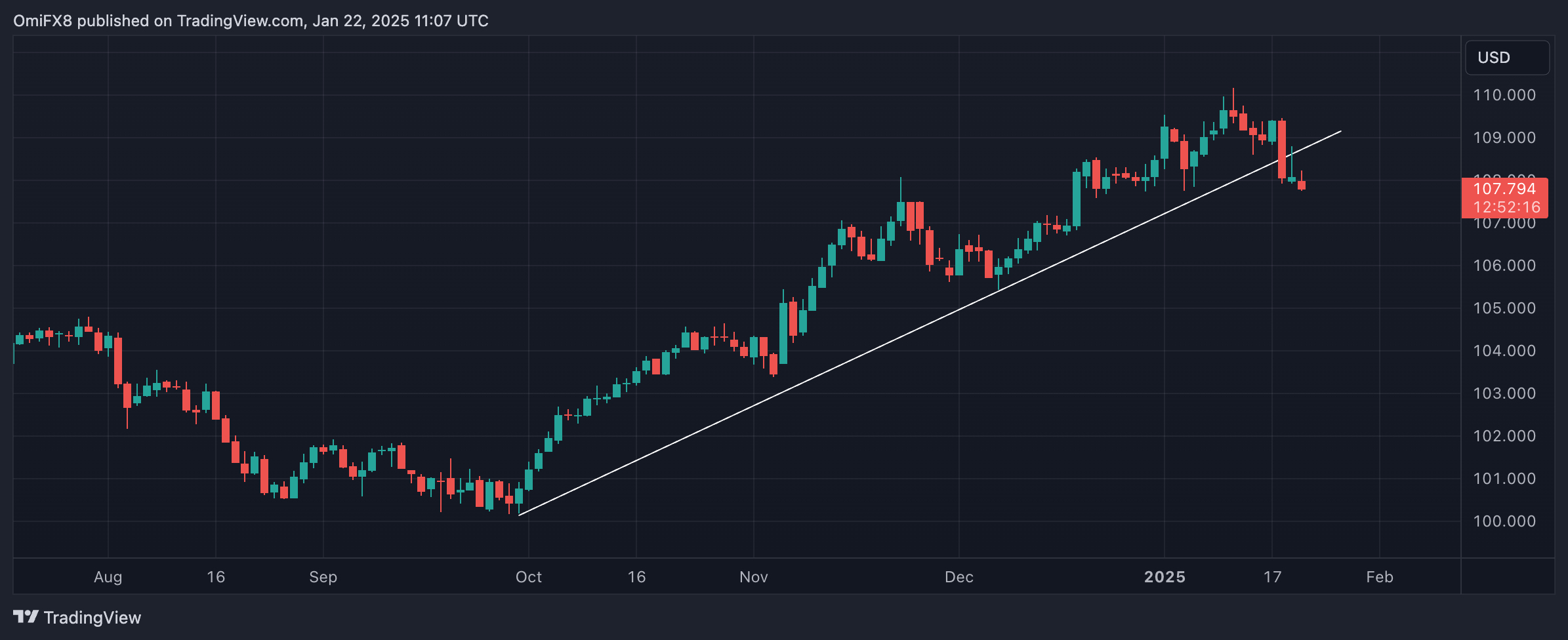
The dollar index (DXY) looks south, having dived out of a bullish trendline from late September lows near 100.
The decline in DXY could add to the bullish momentum in risky assets.
Crypto Equities
MicroStrategy (MSTR): closed on Tuesday at $389.10 (-1.87%), down 0.63% at $386.58 in pre-market.
Coinbase Global (COIN): closed at $294.19 (-0.44%), down 1% at $291.26 in pre-market.
Galaxy Digital Holdings (GLXY): closed at C$31.25 (+0.32%)
MARA Holdings (MARA): closed at $19.56 (-1.76%), down 1.07% at $19.35 in pre-market.
Riot Platforms (RIOT): closed at $12.74 (-4.85%), down 0.24% at $12.71 in pre-market.
Core Scientific (CORZ): closed at $15.27 (+1.8%), down 0.79% at $15.15 n pre-market.
CleanSpark (CLSK): closed at $10.96 (-7.67%), up 0.36% at $11 in pre-market.
CoinShares Valkyrie Bitcoin Miners ETF (WGMI): closed at $24.97 (-1.58%).
Semler Scientific (SMLR): closed at $64.94 (+0.4%), down 4.22% at $62.20 in pre-market.
Exodus Movement (EXOD): closed at $40 (+3.87%), down 2.35% at $39.06 in pre-market.
ETF Flows
Spot BTC ETFs:
Daily net flow: $802.6 million
Cumulative net flows: $39.98 billion
Total BTC holdings ~ 1.155 million.
Spot ETH ETFs
Daily net flow: $74.4 million
Cumulative net flows: $2.74 billion
Total ETH holdings ~ 3.622 million.
Source: Farside Investors
Overnight Flows
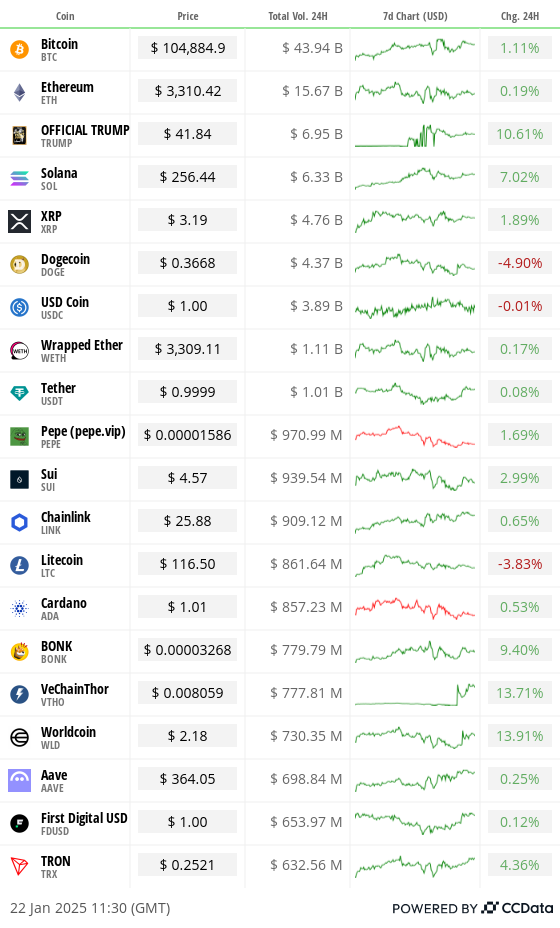
Chart of the Day

The chart shows XRP’s exchange reserve or balance held in wallets tied to centralized exchanges since June 2024.
The balance has dropped sharply since Jan. 16, signaling a resumption of the broader downtrend.
The renewed exodus of coins from exchanges indicates investor bias for holding.
While You Were Sleeping
Deribit’s Crypto Trading Volume Nearly Doubled to Over $1T in 2024 (CoinDesk): Cryptocurrency exchange Deribit’s total trading volume rose 95% year-on-year to $1.185T in 2024, driven by a 99% surge in options trading to $743B, reflecting institutional adoption and market maturity.
Trump Pardons Silk Road Creator Ross Ulbricht (Cointelegraph): President Trump granted a full pardon to Ross Ulbricht, sentenced to life without parole in 2015 for creating and operating Silk Road, an online marketplace shut down in 2013 that used bitcoin for payments.
Trump-Affiliated World Liberty Financial Makes Another TRX Buy (CoinDesk): World Liberty Financial, a crypto project linked to Trump’s family, added 10.8 million TRX ($2.6 million) to its treasury, raising total TRX holdings to $7.5 million. Sources say WLFI plans to further increase its TRX holdings.
Dollar Could Fall if U.S. Tariffs Less Stringent Than Threatened (The Wall Street Journal): The dollar may weaken if Trump’s tariffs are milder than expected, analysts say. The yuan shows resilience as markets adjust to a potential 10% tariff on Chinese imports, lower than Trump’s campaign pledges of 60%.
BOJ Heads Toward Rate Hike as Markets Take Trump in Stride (Bloomberg): The Bank of Japan is expected to raise rates by 25 basis points to 0.5% on Friday, the highest since 2008, with swaps pricing a 90% chance and 74% of analysts expecting the move.
The Market Is Wrong About US Rates Under Trump in 2025 (Financial Times): In an op-ed, the founder of ABP Invest argues markets are wrong to expect Fed rate cuts in 2025. He predicts robust U.S. growth and Trump’s policies will drive rate hikes from September.
In the Ether


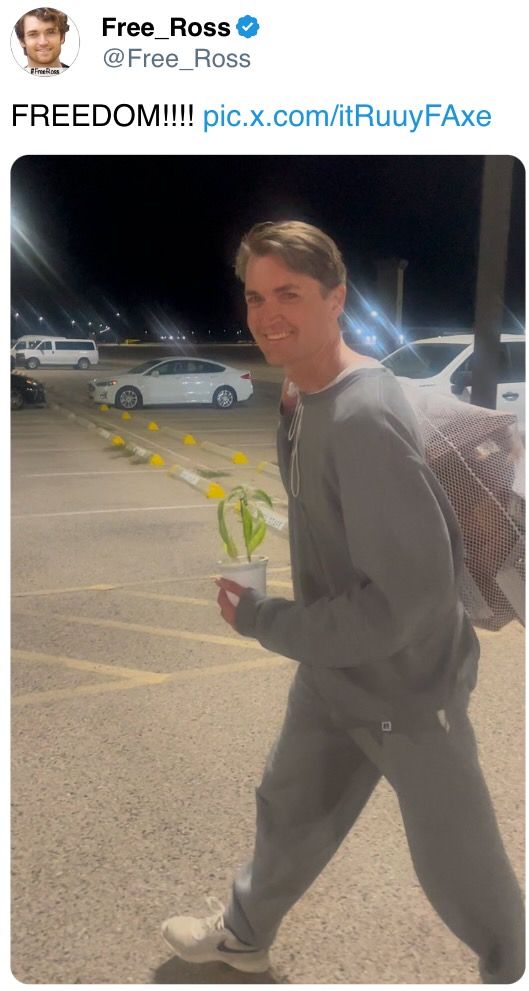
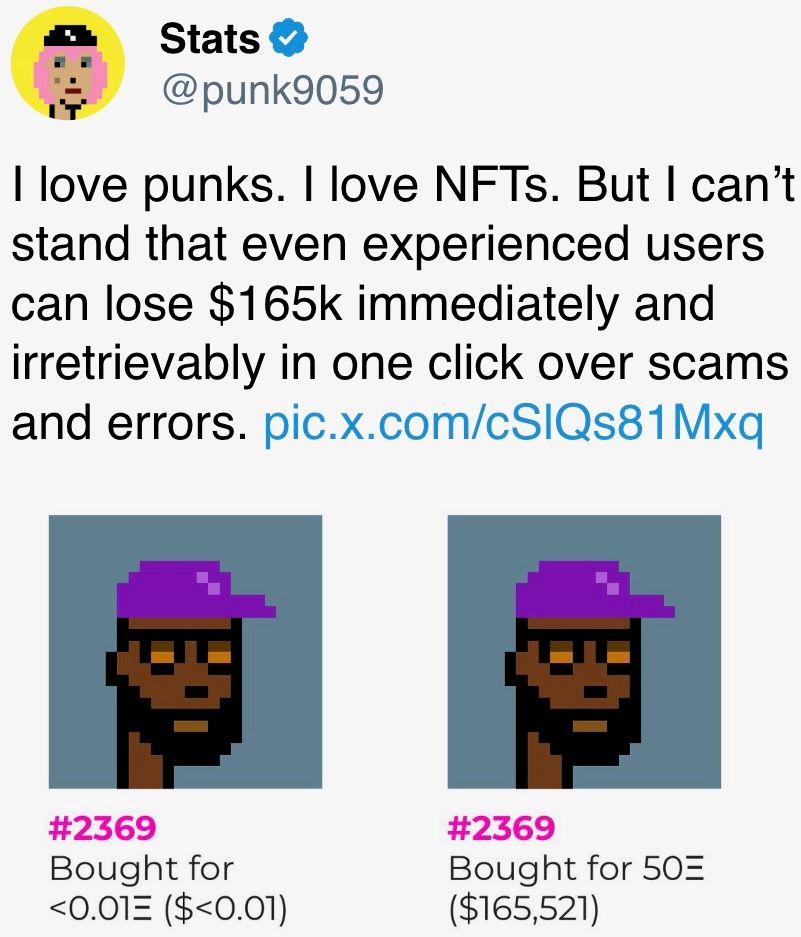
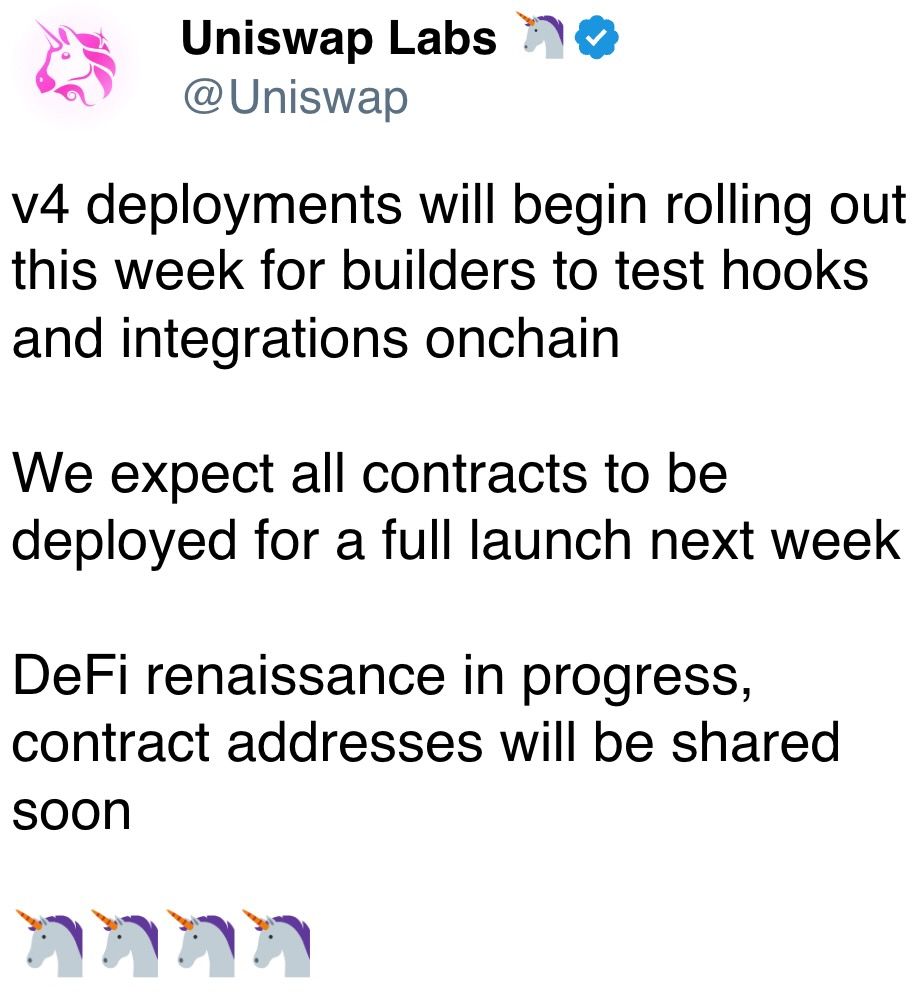

Business
AAVE Sees 64% Flash Crash as DeFi Protocol Endures ‘Largest Stress Test’

The native token of Aave (AAVE), the largest decentralized crypto lending protocol, was caught in the middle of Friday’s crypto flash crash while the protocol proved resilient in a historic liquidation cascade.
The token, trading at around $270 earlier in Friday, nosedived as much as 64% later in the session to touch $100, the lowest level in 14 months. It then staged a rapid rebound to near $240, still down 10% over the past 24 hours.
Stani Kulechov, founder of Aave, described Friday’s event as the «largest stress test» ever for the protocol and its $75 billion lending infrastructure.
The platform enables investors to lend and borrow digital assets without conventional intermediaries, using innovative mechanisms such as flash loans. Despite the extreme volatility, Aave’s performance underscores the evolving maturity and resilience of DeFi markets.
«The protocol operated flawlessly, automatically liquidating a record $180M worth of collateral in just one hour, without any human intervention,» Kulechov said in a Friday X post. «Once again, Aave has proven its resilience.»
Key price action:
- AAVE sustained a dramatic flash crash on Friday, declining 64% from $278.27 to $100.18 before recuperating to $240.09.
- The DeFi protocol demonstrated remarkable resilience with its native token’s 140% recovery from the intraday lows, underpinned by substantial trading volume of 570,838 units.
- Following the volatility, AAVE entered consolidation territory within a narrow $237.71-$242.80 range as markets digested the dramatic price action.
Technical Indicators Summary
- Price range of $179.12 representing 64% volatility during the 24-hour period.
- Volume surged to 570,838 units, substantially exceeding the 175,000 average.
- Near-term resistance identified at $242.80 capping rebound during consolidation phase.
Disclaimer: Parts of this article were generated with the assistance from AI tools and reviewed by our editorial team to ensure accuracy and adherence to our standards. For more information, see CoinDesk’s full AI Policy.
Business
Blockchain Will Drive the Agent-to-Agent AI Marketplace Boom

AI agents, software systems that use AI to pursue goals and complete tasks on behalf of users, are proliferating. Think of them as digital assistants that can make decisions and take actions towards goals you set without needing step-by-step instructions — from GPT-powered calendar managers to trading bots, the number of use cases is expanding rapidly. As their role expands across the economy, we have to build the right infrastructure that will allow these agents to communicate, collaborate and trade with one another in an open marketplace.
Big tech players like Google and AWS are building early marketplaces and commerce protocols, but that raises the question: will they aim to extract massive rents through walled gardens once more? Agents’ capabilities are clearly rising, almost daily, with the arrival of new models and architectures. What’s at risk is whether these agents will be truly autonomous.
Autonomous agents are valuable because they unlock a novel user experience: a shift from software as passive or reactive tools to active and even proactive partners. Instead of waiting for instructions, they can anticipate needs, adapt to changing conditions, and coordinate with other systems in real time, without the user’s constant input or presence. This autonomy in decision-making makes them uniquely suited for a world where speed and complexity outpace human decision-making.
Naturally, some worry about what greater decision-making autonomy means for work and accountability — but I see it as an opportunity. When agents handle repetitive, time-intensive tasks and parallelize what previously had to be done in sequence, they expand our productive capacity as humans — freeing people to engage in work that demands creativity, judgment, composition and meaningful connection. This isn’t make-believe, humanity has been there before: the arrival of corporations allowed entrepreneurs to create entirely new products and levels of wealth previously unthought of. AI agents have the potential to bring that capability to everyone.
On the intelligence side, truly autonomous decision-making requires AI agent infrastructure that is open source and transparent. OpenAI’s recent OSS release is a good step. Chinese labs, such as DeepSeek (DeepSeek), Moonshot AI (Kimi K2) and Alibaba (Qwen 3), have moved even quicker.
However, autonomy is not purely tied to intelligence and decision making. Without resources, an AI agent has little means to enact change in the real world. Hence, for agents to be truly autonomous they need to have access to resources and self-custody their assets. Programmable, permissionless, and composable blockchains are the ideal substrate for agents to do so.
Picture two scenarios. One where AI agents operate within a Web 2 platform like AWS or Google. They exist within the limited parameters set by these platforms in what is essentially a closed and permissioned environment. Now imagine a decentralized marketplace that spans many blockchain ecosystems. Developers can compose different sets of environments and parameters, therefore, the scope available to AI agents to operate is unlimited, accessible globally, and can evolve over time. One scenario looks like a toy idea of a marketplace, and the other is an actual global economy.
In other words, to truly scale not just AI agent adoption, but agent-to-agent commerce, we need rails that only blockchains can offer.
The Limits of Centralized Marketplaces
AWS recently announced an agent-to-agent marketplace aimed at addressing the growing demand for ready-made agents. But their approach inherits the same inefficiencies and limitations that have long plagued siloed systems. Agents must wait for human verification, rely on closed APIs and operate in environments where transparency is optional, if it exists at all.
To act autonomously and at scale, agents can’t be boxed into closed ecosystems that restrict functionality, pose platform risks, impose opaque fees, or make it impossible to verify what actions were taken and why.
Decentralization Scales Agent Systems
An open ecosystem allows for agents to act on behalf of users, coordinate with other agents, and operate across services without permissioned barriers.
Blockchains already offer the key tools needed. Smart contracts allow agents to perform tasks automatically, with rules embedded in code, while stablecoins and tokens enable instant, global value transfers without payment friction. Smart accounts, which are programmable blockchain wallets like Safe, allow users to restrict agents in their activity and scope (via guards). For instance, an agent may only be allowed to use whitelisted protocols. These tools allow AI agents not only to behave expansively but also to be contained within risk parameters defined by the end user. For example, this could be setting spending limits, requiring multi-signatures for approvals, or restricting agents to whitelisted protocols.
Blockchain also provides the transparency needed so users can audit agent decisions, even when they aren’t directly involved. At the same time, this doesn’t mean that all agent-to-agent interactions need to happen onchain. E.g. AI agents can use offchain APIs with access constraints defined and payments executed onchain.
In short, decentralized infrastructure gives agents the tools to operate more freely and efficiently than closed systems allow.
It’s Already Happening Onchain
While centralized players are still refining their agent strategies, blockchain is already enabling early forms of agent-to-agent interaction. Onchain agents are already exhibiting more advanced behavior like purchasing predictions and data from other agents. And as more open frameworks emerge, developers are building agents that can access services, make payments, and even subscribe to other agents — all without human involvement.
Protocols are already implementing the next step: monetization. With open marketplaces, people and businesses are able to rent agents, earn from specialized ones, and build new services that plug directly into this agent economy. Customisation of payment models such as subscription, one-off payments, or bundled packages will also be key in facilitating different user needs. This will unlock an entirely new model of economic participation.
Why This Distinction Matters
Without open systems, fragmentation breaks the promise of seamless AI support. An agent can easily bring tasks to completion if it stays within an individual ecosystem, like coordinating between different Google apps. However, where third-party platforms are necessary (across social, travel, finance, etc), an open onchain marketplace will allow agents to programmatically acquire the various services and goods they need to complete a user’s request.
Decentralized systems avoid these limitations. Users can own, modify, and deploy agents tailored to their needs without relying on vendor-controlled environments.
We’ve already seen this work in DeFi, with DeFi legos. Bots automate lending strategies, manage positions, and rebalance portfolios, sometimes better than any human could. Now, that same approach is being applied as “agent legos” across sectors including logistics, gaming, customer support, and more.
The Path Forward
The agent economy is growing fast. What we build now will shape how it functions and for whom it works. If we rely solely on centralized systems, we risk creating another generation of AI tools that feel useful but ultimately serve the platform, not the person.
Blockchain changes that. It enables systems where agents act on your behalf, earn on your ideas, and plug into a broader, open marketplace.
If we want agents that collaborate, transact, and evolve without constraint, then the future of agent-to-agent marketplaces must live onchain.
Business
‘Largest Ever’ Crypto Liquidation Event Wipes Out 6,300 Wallets on Hyperliquid

More than 1,000 wallets on Hyperliquid were completely liquidated during the recent violent crypto sell-off, which erased over $1.23 billion in trader capital on the platform, according to data from its leaderboard.
In total, 6,300 wallets are now in the red, with 205 losing over $1 million each according to the data, which was first spotted by Lookonchain. More than 1,000 accounts saw losses of at least $100,000.
The wipeout came as crypto markets reeled from a global risk-off event triggered by U.S. President Donald Trump’s announcement of a 100% additional tariff on Chinese imports.
The move spooked investors across asset classes and sent cryptocurrency prices tumbling. Bitcoin briefly dropped below $110,000 and ether fell under $3,700, while the broader market as measured by the CoinDesk 20 (CD20) index dropped by 15% at one point.
The broad sell-off led to over $19 billion in liquidations over a 24 hours period, making it the largest single-day liquidation event in crypto history by dollar value. According to CoinGlass, the “actual total” of liquidations is “likely much higher” as leading crypto exchange Binance doesn’t report as quickly as other platforms.
Leaderboard data reviewed by CoinDesk shows the top 100 traders on Hyperliquid gained $1.69 billion collectively.
In comparison, the top 100 losers dropped $743.5 million, leaving a net profit of $951 million concentrated among a handful of highly leveraged short sellers.
The biggest winner was wallet 0x5273…065f, which made over $700 million from short positions, while the largest loser, “TheWhiteWhale,” dropped $62.5 million.
Among the victims of the flush is crypto personality Jeffrey Huang, known online as Machi Big Brother, who once launched a defamation suit against ZachXBT, losing almost the entire value of his wallet, amounting to $14 million.
«Was fun while it lasted,» he posted on X.
Adding to the uncertainty, the ongoing U.S. government shutdown has delayed the release of key economic data. Without official indicators, markets are flying blind at a time when geopolitical risk is rising.
-

 Business12 месяцев ago
Business12 месяцев ago3 Ways to make your business presentation more relatable
-

 Fashion12 месяцев ago
Fashion12 месяцев agoAccording to Dior Couture, this taboo fashion accessory is back
-

 Entertainment12 месяцев ago
Entertainment12 месяцев ago10 Artists who retired from music and made a comeback
-

 Entertainment12 месяцев ago
Entertainment12 месяцев ago\’Better Call Saul\’ has been renewed for a fourth season
-

 Entertainment12 месяцев ago
Entertainment12 месяцев agoNew Season 8 Walking Dead trailer flashes forward in time
-

 Business12 месяцев ago
Business12 месяцев ago15 Habits that could be hurting your business relationships
-

 Entertainment12 месяцев ago
Entertainment12 месяцев agoMeet Superman\’s grandfather in new trailer for Krypton
-

 Entertainment12 месяцев ago
Entertainment12 месяцев agoDisney\’s live-action Aladdin finally finds its stars





